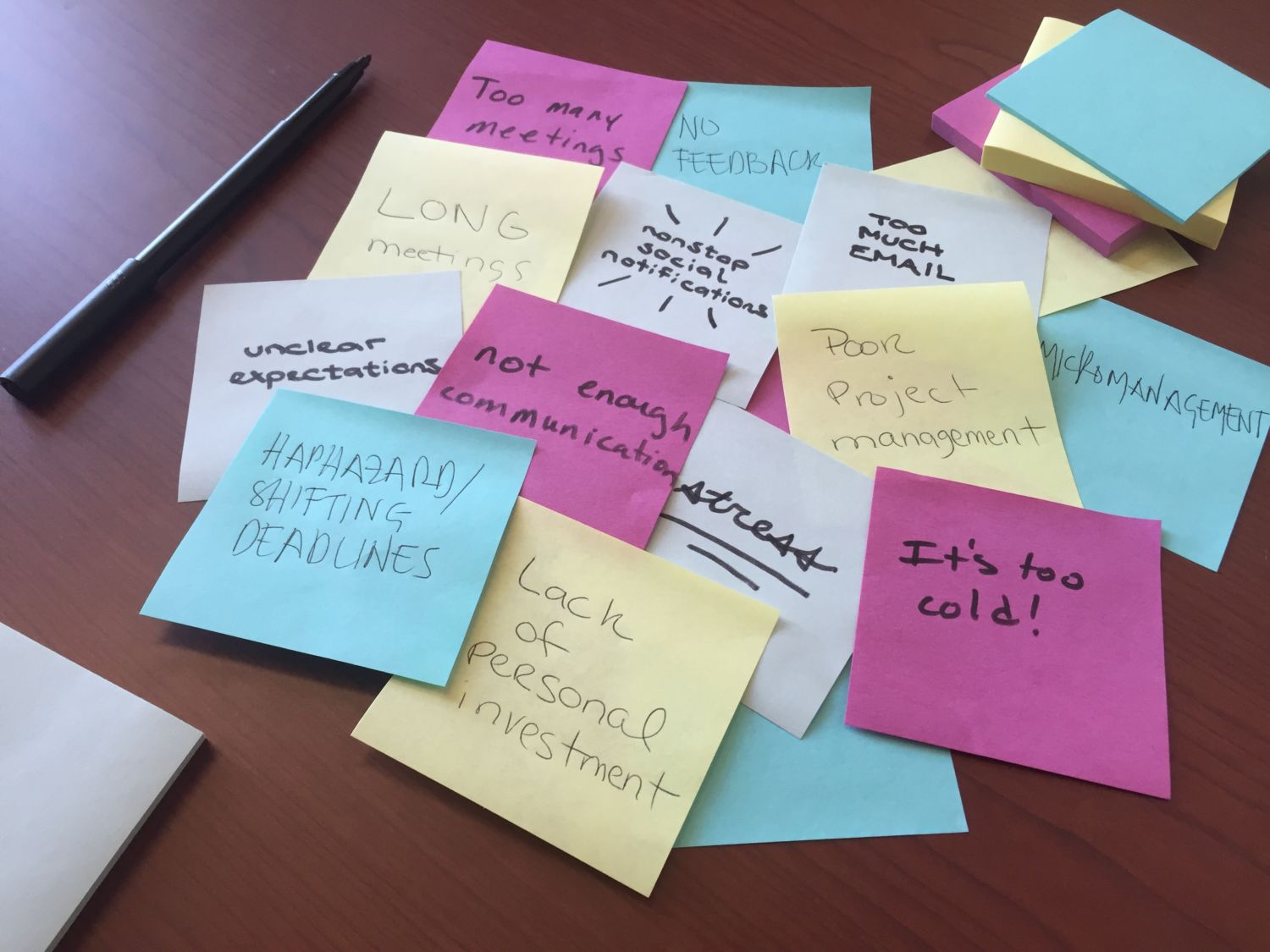The last real conversation I had with my dad was about work. More accurately, it was a lopsided exchange, where I complained about how miserable things had gotten and he patiently listened, interjecting here and there to reassure me that it would get better.
If I had known it would be the last conversation we’d have, I wouldn’t have wasted the time complaining about things that felt beyond my control.
My dad’s health went downhill quickly and unexpectedly. He passed away a few weeks after that talk — from cancer, we later learned. He was 58 years old. I was 28, and just beginning to realize that I was at a breaking point in my career.
A year after his death, I left my job at CNN.
The most common career question people ask me is why I came to Poynter. It’s a fair thing to ask. Moving from a massive, well-known news company to a nonprofit with about 30 full-time employees doesn’t make a ton of sense on paper. It’s a question I anticipated, but one that can still be tough to answer.
I didn’t leave CNN because I was miserable, or because my dad’s death gave me new perspective on my own life, though those things were both true. I took the opportunity because my experience — feeling powerless against the crush of endless news and near-constant change — was one that countless other journalists were experiencing, too. I ultimately left CNN because I was tired of watching smart and talented colleagues get burnt out by the pressures of an industry in flux.
I believed (and still do more than ever) that I could do a better job of addressing that burnout through work at a place like Poynter, an institute focused on bettering journalism, rather than internally at a news organization. So far that’s been true: Many of the unconventional ideas and initiatives I proposed within CNN are now taking off in other newsrooms simply because I shared them as a trusted “expert” and teacher.
I teach a lot of subjects at Poynter, but my true passion is helping others identify ways to build healthy workplace cultures. The burnout I witnessed isn’t unique to CNN — it’s happening in newsrooms across the country.
That focus on workplace culture is core to our latest initiative at Poynter, a project called 40 Better Hours. My colleague Ren LaForme and I are looking for ways to share tips and approaches for building happier workplaces with journalists and newsrooms near and far. We’re in the final days of a crowdfunding campaign to support 40 Better Hours. We’ve seen a heartening amount of support, which has been wonderful, but we’ve also heard some expected critiques from fellow journalists.
Some have pointed out that plenty of workplaces have morale problems, and it makes sense that newsrooms would be among them. The stress of layoffs, unceasing change and an increased workload is incredibly difficult for anyone to handle.
They’ve also argued that the morale problem isn’t fixable — that it’s misguided to identify ways to make employees happier without tackling the underlying issues affecting the industry at large. That it’s something for leadership to solve. That’s a fair argument, but it’s also an excuse for inaction. “It’s not my problem, right?”
Of course, the bigger issues of sustainability need to be solved, but it’s also incumbent on us to identify and address smaller ways to improve newsroom culture. Often it’s things like bad meetings, internal politics, miscommunication, information overload and problems with employee retention that make us most miserable in our day-to-day lives. By addressing those problems, we’re building newsrooms that are better equipped to tackle the larger industry challenges.
Our goal with the 40 Better Hours crowdfunding campaign is to raise $10,000 to fund videos and training focused on tackling small but meaningful workplace culture issues. (At the time of publishing this article, we’ve received just over $7,000 in donations, with five days to go.) It’s Poynter’s first attempt at crowdfunding — a chance for us to experiment with a new form of fundraising and teaching.
Will we accomplish everything we hope to during a week devoted to workplace culture? Of course not. But it’s a start. The funding will pay for our travel and time to film the videos and produce meaningful training. More importantly, though, it will prove that there’s interest in building this teaching at Poynter; it will show that there are others who support the idea that happier journalists will produce better journalism.
If we meet our funding goal, 40 Better Hours week will take place in late September, with dates to be announced. I sincerely hope you’ll get to participate and benefit from the virtual training and start to make a difference in your own workplace. Because ultimately, my dad was right: Things will get better, as long as we’re willing to help.







